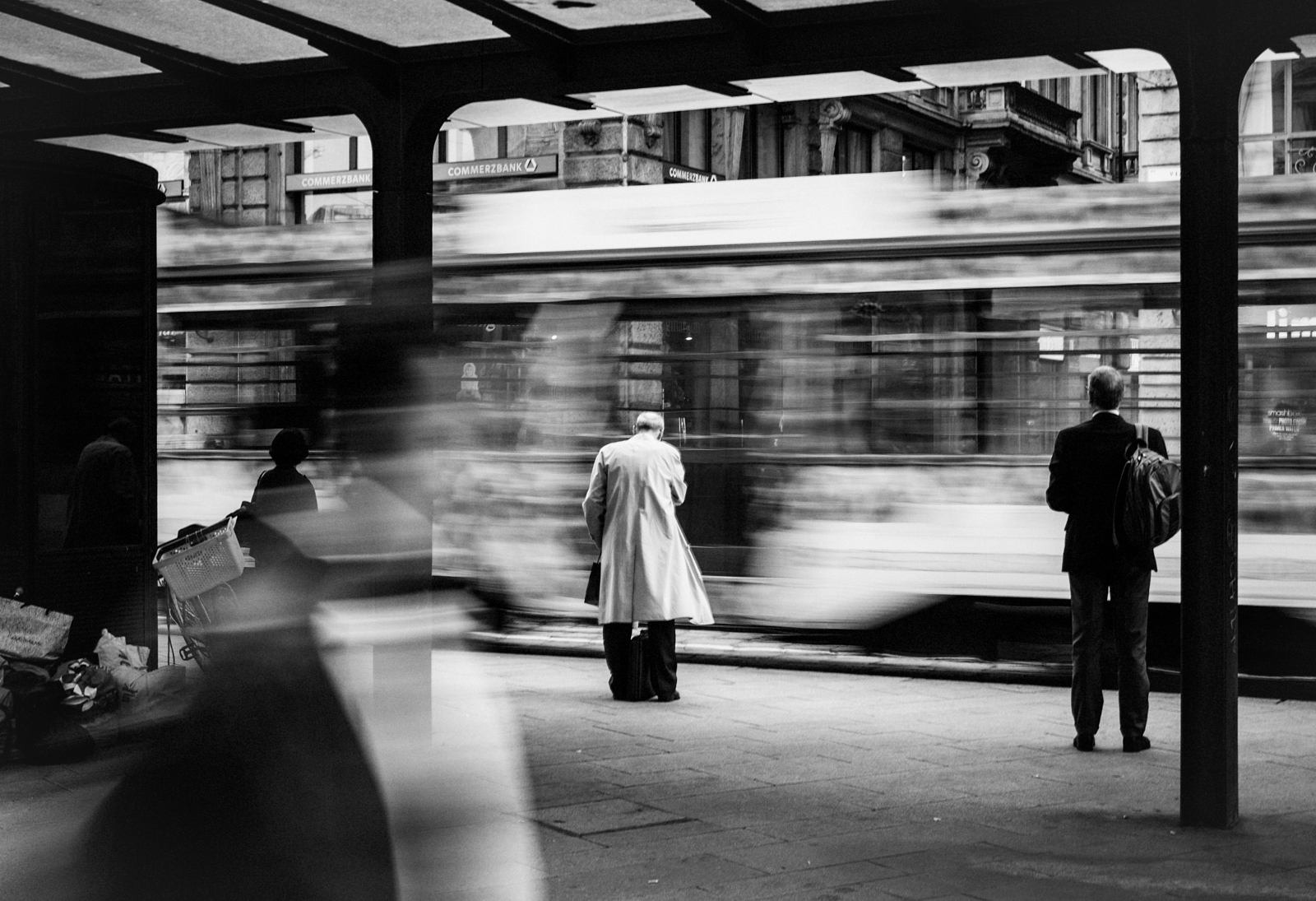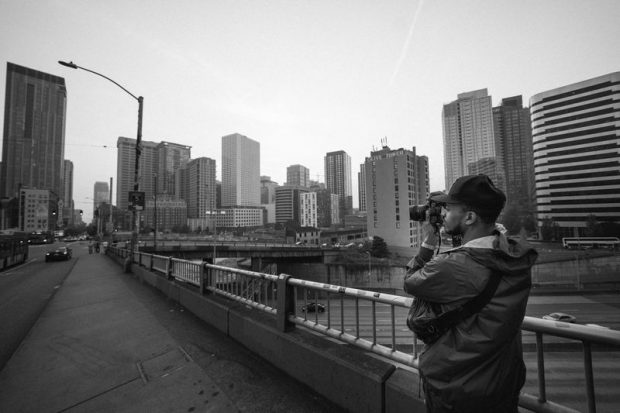An Unbiased View of Framing Streets
An Unbiased View of Framing Streets
Blog Article
8 Simple Techniques For Framing Streets
Table of ContentsFraming Streets for BeginnersThe Main Principles Of Framing Streets About Framing StreetsThe Ultimate Guide To Framing StreetsSee This Report about Framing StreetsFraming Streets Can Be Fun For Anyone
Photography genre "Crufts Pet Show 1968" by Tony Ray-Jones Road photography (also sometimes called candid photography) is digital photography carried out for art or questions that includes unmediated chance experiences and arbitrary occurrences within public places, normally with the objective of recording images at a crucial or touching minute by cautious framework and timing. 
The Best Guide To Framing Streets
Susan Sontag, 1977 Street digital photography can concentrate on people and their actions in public. In this respect, the street digital photographer resembles social docudrama professional photographers or photojournalists who likewise operate in public locations, however with the purpose of recording newsworthy occasions. Any one of these digital photographers' photos might record individuals and building noticeable within or from public areas, which often entails navigating ethical problems and regulations of personal privacy, protection, and property.
Depictions of everyday public life form a style in nearly every period of world art, starting in the pre-historic, Sumerian, Egyptian and early Buddhist art durations. Art managing the life of the street, whether within sights of cityscapes, or as the leading theme, shows up in the West in the canon of the Northern Renaissance, Baroque, Rococo, of Romanticism, Realistic look, Impressionism and Post-Impressionism.
Not known Facts About Framing Streets
Louis Daguerre: "Boulevard du Holy place" (1838 or 1839) In 1838 or 1839 the first photo of numbers in the street was tape-recorded by Louis-Jacques-Mand Daguerre in among a set of daguerreotype sights taken from his workshop home window of the Boulevard du Temple in Paris. The 2nd, made at the elevation of the day, shows an unpopulated stretch of road, while the various other was taken at about 8:00 am, and as Beaumont Newhall records, "The Blvd, so regularly loaded with a moving crowd of pedestrians and carriages was perfectly solitary, except a person that was having his boots brushed.
, that was motivated to embark on a similar documentation of New York City. As the city created, Atget aided to advertise Parisian streets as a worthy topic for digital photography.

A Biased View of Framing Streets
Martin is the initial tape-recorded photographer to do so in London with a masked camera. Mass-Observation was a social research study organisation started in 1937 which aimed to tape-record day-to-day life in Britain and to record the reactions of the 'man-in-the-street' to King Edward VIII's abdication in 1936 to wed separation Wallis Simpson, and the succession of George VI. The chief Mass-Observationists were anthropologist Tom Harrisson in Bolton and poet Charles Madge in London, and their very first record was produced as the book "May the Twelfth: Mass-Observation Day-Surveys 1937 by over two hundred onlookers" [] Home window cleaner at Kottbusser Tor, Berlin, by Elsa Thiemann c. 1946 The post-war French Humanist College professional photographers discovered their topics on the street or in the restaurant. Between 1946 and 1957 Le Groupe des XV annually exhibited work of this kind. Andre Kertesz. Circus, Budapest, 19 May 1920 Road digital photography created the significant material of 2 events at the Gallery of Modern Art (Mo, MA) in New his explanation York curated by Edward Steichen, 5 French Professional Photographers: Brassai; Cartier-Bresson, Doisneau, Ronis, Izis in 1951 to 1952, and Post-war European Photography in 1953, which exported the concept of street photography internationally.

The Single Strategy To Use For Framing Streets
The recording machine was 'a concealed electronic camera', a 35 mm Contax hidden underneath his layer, that was 'strapped to the upper body and attached to a long cord strung down the ideal sleeve'. Nonetheless, his job had little modern influence as as a result of Evans' sensitivities about the creativity of his project and the personal privacy of his topics, it was not published till 1966, in guide Many Are Called, with an introduction composed by James Agee in 1940.
Helen Levitt, after that a teacher of children, connected with Evans in 193839. She documented the transitory chalk drawings - Street photography that became part of youngsters's street culture in New york city at the time, along with the youngsters who made them. In July 1939, Mo, MA's new digital photography area included Levitt's operate in its inaugural exhibitRobert Frank's 1958 publication,, was substantial; raw and commonly indistinct, Frank's photos examined conventional photography of the time, "challenged all the official rules put down by Henri Cartier-Bresson and Walker Evans" and "flew in the face of the wholesome pictorialism and wholehearted photojournalism of American publications like LIFE and Time".
Report this page